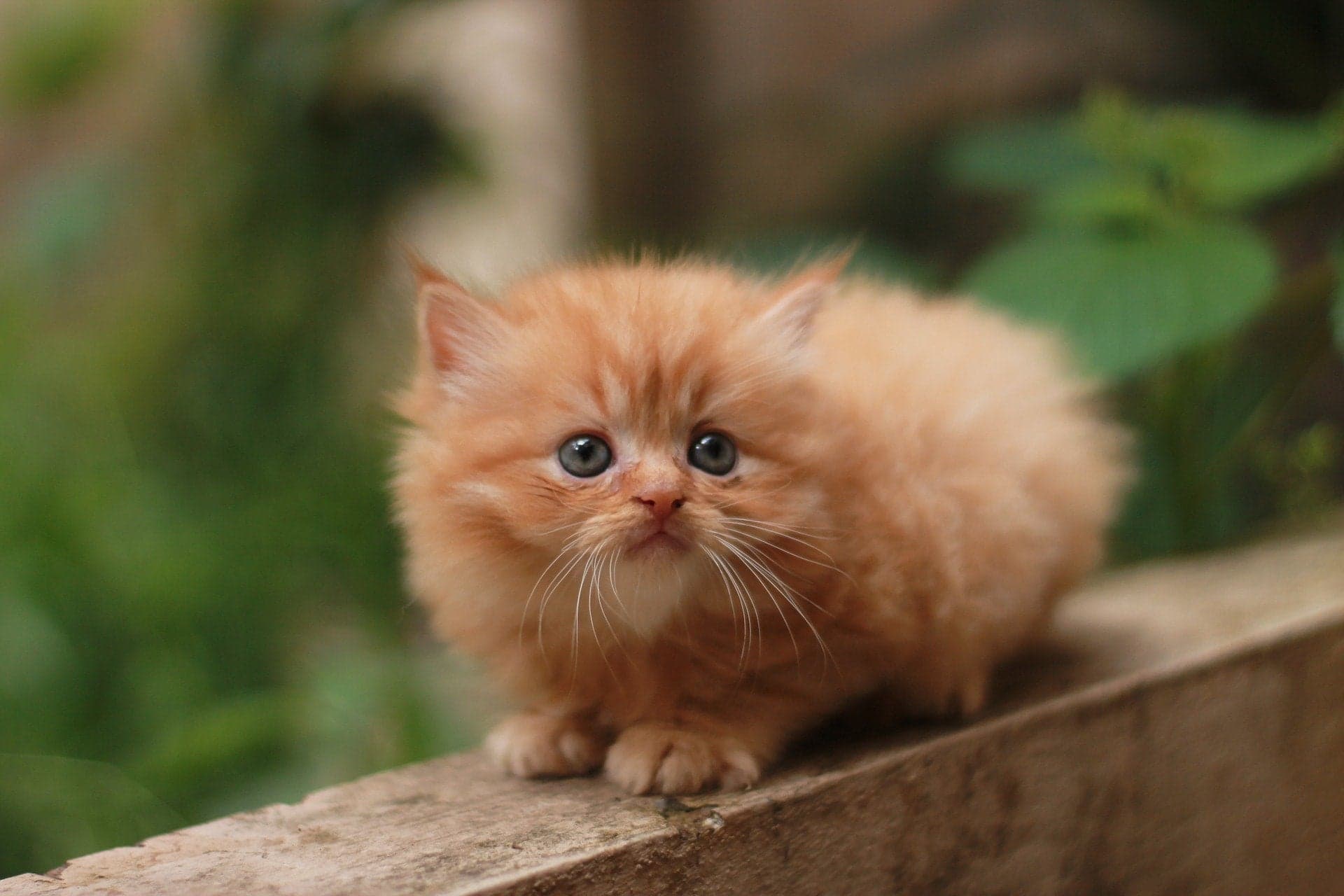Has your cat been diagnosed with polycystic kidney disease? You are not alone. Polycystic kidney disease in cats (PKD) is one of the most common feline genetic diseases. It is widely described in Persian and related cats, but also, sporadically, in other cat breeds (Nivy et al, 2015 & Volta et al, 2009).
PKD is diagnosed in approximately 38% of Persian cats worldwide, which accounts for about 6% of all cats (Lyons et al, 2014). The disease is characterized by a formation of small fluid-filled cysts in the kidneys and may lead to kidney failure. An autosomal dominant mutation in the PKD1 gene has been identified as a cause for this condition.
Background information
Polycystic kidney disease in cats is an inherited condition characterized by the formation of fluid-filled cysts in the kidney, and sometimes liver and pancreas (Lee et al, 2015). Cysts are non-functioning formations filled with fluid which can vary in a wide range of sizes. PKD in cats coincides with the same condition described in humans.
This disease is associated with disrupted cilia-mediated signaling caused by a defect in a polycystin-1 protein (PC1). PC1 is a membrane-bound protein expressed in primary cilia, thread-like organelles present on the surface of the most body cells. The exact mechanism of the cyst formation remains unclear, but it is thought to be linked to the disrupted signaling through the cilia caused by the deficiency of the PC1 (Halvorson et al, 2010).
The prevalence of the PKD among Persian and Persian related cats is around 36-49,5%. The disease has also been reported in domestic shorthair cats, British Shorthair cats, Ragdolls, Burmillas, Himalayans, Scottish Folds and one Chartreux cat (Volta et al, 2009).

Polycystic kidney disease in cats
The cysts themselves won't hurt the cats, but they can damage the kidneys and disrupt their normal functioning. As the cysts grow and multiply, they gradually replace the kidney tissue and disrupt their healthy functioning. The kidneys are the two bean-shaped organs of the renal system and are involved in the filtration of the blood.
Kidneys help maintain the homeostasis in the kitty's body by filtration and excretion of the waste products from the blood, regulating acid-base balance, electrolyte levels, water levels and blood pressure. Kidneys also produce erythropoietin which is necessary for erythropoiesis (production of erythrocytes).
Because kidneys utilize so many important functions, the disrupted function of kidneys, such as in PKD, may result in numerous health complications. To learn more about the function of the kidneys please read our article about the Chronic Kidney Disease.
Genetics
A single nucleotide mutation in exon 29 of the polycystin-1 (PKD1) gene has been identified as a cause of feline PKD (Lyons et al, 2012). The mutation is inherited in an autosomal dominant mode, meaning that every cat who inherits at least one mutated copy of the gene (allele) is affected. Two unaffected cats will always give unaffected offspring.
If an affected heterozygote is crossbred with a healthy cat, there is a 50% chance for each kitten to be affected too. If two affected heterozygotes are crossbred, then there is a 75% chance for each kitten to inherit PKD. And finally, affected homozygotes (carriers of two mutated alleles) will always give affected offspring.

Polycystic kidney disease in cats is inherited in an autosomal dominant mode
Symptoms and diagnosis
Clinical presentation of PKD often include fever, polyuria (increased urination) and polydipsia (increased water intake), anorexia and weight loss, enlarged and painful kidneys, dehydration, lethargy and depression.
Pale mucous membranes, low body condition score, anaemia, leucocytosis and azotaemia have been recorded too (Nivy et al, 2015). PKD diagnosis involves physical examination, ultrasound and genetic testing. Genetic tests allow pre-symptomatic diagnosis and early treatment.
Treatment and prognosis
Because this is an irreversible and progressive disease, the prognosis is guarded (Volta et al, 2009). There is no treatment which can reverse PKD, but there are treatments which may help maintain and prolong the health and functioning of the cat's kidney.
These treatments are not PKD specific though and are used in therapies of various kidney diseases. They include increased water intake, special diets, potassium and/or calcium supplements, kidney transplantation, aspiration of the fluid build-up and more.
Note: It is not recommended to breed the carriers in order to prevent the progression of the condition to the offspring. A genetic test is now available for the detection of the mutation.

Polycystic kidney disease in cats
PKD is a common and serious genetic disease. Persian and related cats are considered to be under a higher risk from PKD and are often recommended candidates for DNA tests. It is important to remember that all cats of all other breeds can be affected as well.
Citations:
1. Halvorson CR, Bremmer MS, Jacobs SC. (2010). Polycystic kidney disease: inheritance, pathophysiology, prognosis, and treatment. Int J Nephrol Renovasc Dis. 3:69-83. PMID: 21694932
2. Lee YJ, Chen HY, Hsu WL, Ou CM, Wong ML. (2015). Diagnosis of feline polycystic kidney disease by a combination of ultrasonographic examination and PKD1 gene analysis. Veterinary Record. 67:614-17 doi: 10.1136/vr.c4605
3. Lyons LA (2012). Genetic testing in domestic cats. Molecular and Cellular Probes: 1-7. doi:10.1016/ j.mcp.2012.04.004
4. Lyons LA, Biller DS, Erdman CA, Lipinski MJ, Young AE, Roe BA, Qin B, Grahn RA. (2014) Feline Polycystic Kidney Disease Mutation Identified in PKD1. JASN. 15(10):2548-2555. doi: https://doi.org/10.1097/01.ASN.0000141776.38527.BB
5. Nivy R, Lyons LA, Aroch I, Segev G. (2015). Polycystic kidney disease in four British shorthair cats with successful treatment of bacterial cyst infection. Journal of Small Animal Practice. 56:585-89. doi: 10.1111/jsap.12327
6. Volta A, Manfredi S, Gnudi G, Gelati A, Bertoni G. (2009). Polycystic kidney disease in a Chartreux cat. Journal of Feline Medicine and Surgery. 12:138-140. doi: 10.1016/j.jfms.2009.06.001



